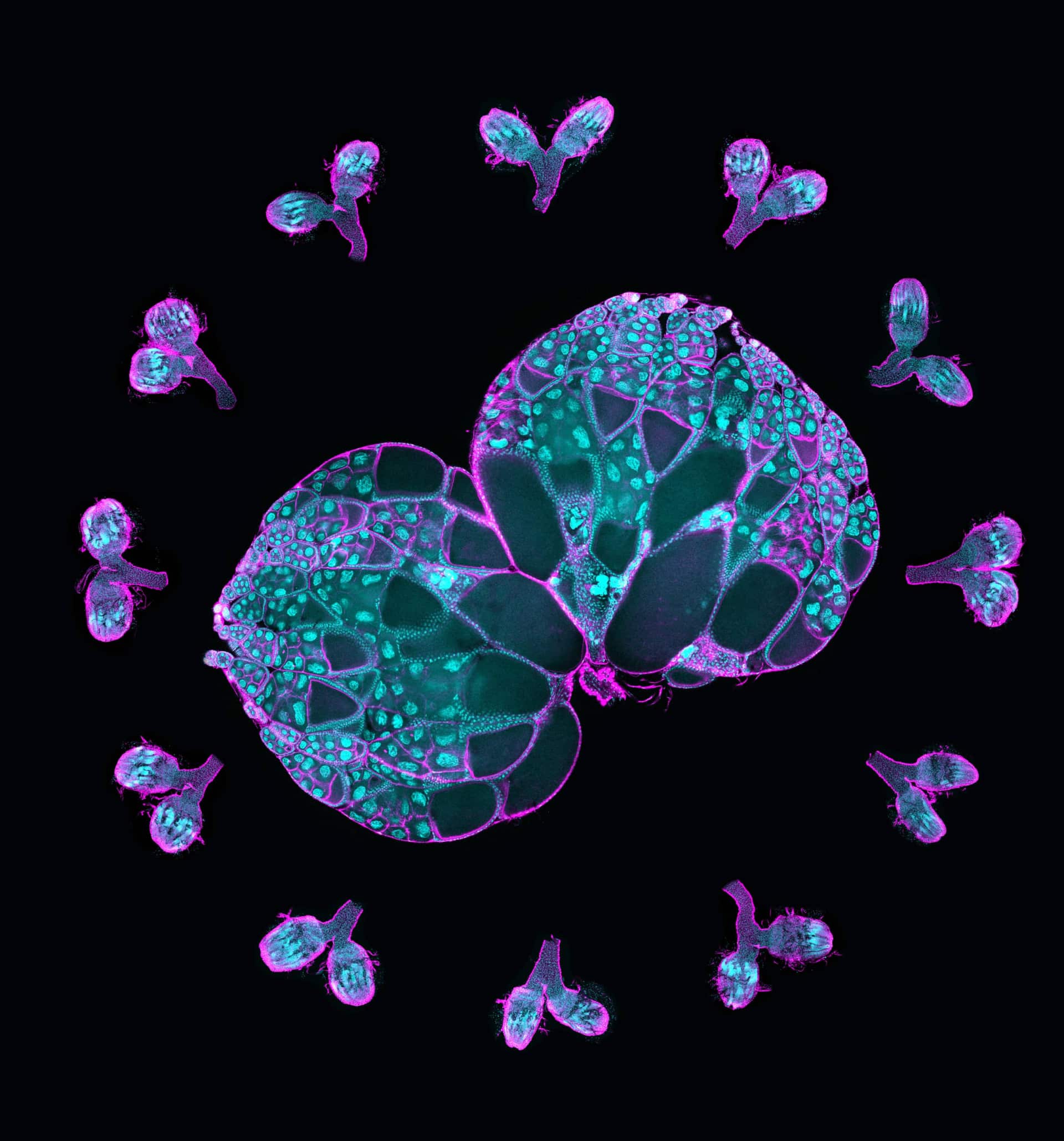Physical Sciences Tutorials
X40 – Transmission Kikuchi Diffraction Hardware, Sample Preparation and Data Acquisition
Organizer: Sriram Vijayan, Assistant Professor, Department of Materials Science & Engineering, Michigan Technological University
Speaker: Donovan N. Leonard, PhD.
This tutorial session will cover the following topics:
- Electropolishing or Site Specific FIB lift out?
- Can I use my EBSD Detector? Maybe.
- Why are my patterns not indexing?
- Why do I not have any patterns?
- Additive Manufacturing, Alloy Development and correlative STEM/TKD examples.
X42 – A Practical Guide to Electron Channeling Contrast Imaging
Organizer: Sriram Vijayan, Assistant Professor, Department of Materials Science & Engineering, Michigan Technological University
Speaker: Julia Dietz, Principal R&D Staff, Sandia National Laboratory
This tutorial will cover the following topics:
- The basics of obtaining defect imaging with ECCI
- Considerations and solutions for polycrystalline samples
- G·b analysis
- Recent developments and future directions
Biological Tutorial
X42 – Coming Soon
Organizer: Eduardo Rosa-Molinar, PhD, Director, Washington University Center for Cellular Imaging, Professor, Cell Biology, Physiology, and Neuroscience, Washington University School of Medicine in St Louis
.png)
